Sustainability is a Shore Thing
Alumnus Zachary Brendel helps recycle oyster shells from farm to shore

University of Georgia alumnus Zachary Brendel gives new life to discarded things.
You can see it throughout the streets of downtown Athens — from an old tire store that glows with reimagined life as Creature Comforts brewery or an audio recording school operating at full tilt within a converted shoe store. Both are revitalization projects completed by Athens-based Character Built Construction, which was co-founded by Brendel, who earned a degree in environmental economics and management from the College of Agricultural and Environmental Sciences in 2003.
“Builders don’t realize that the materials they throw away can sometimes be even more valuable than the materials they want to use,” said Brendel, who is now part of another effort to reuse and revitalize material that would otherwise be lost. Through Athens-based nonprofit Shell to Shore, oyster shells collected from a variety of Athens-area restaurants aren’t thrown away but returned to the sea for new oysters to grow on them again.
Backed by a Supporting Oyster Aquaculture and Restoration (SOAR) grant from The Nature Conservancy, Shell to Shore is dedicated to helping restore Georgia’s oyster industry.
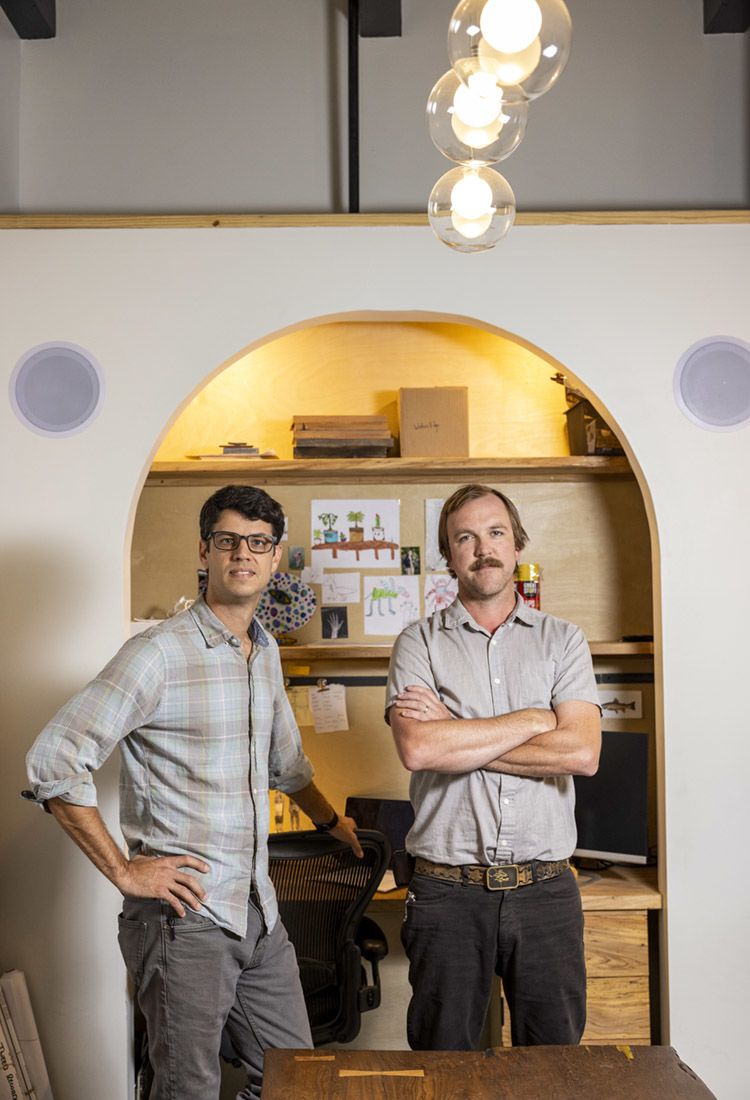
UGA alumni Andrew Malec (left) and Zack Brendel, co-founders of Athens-based Character Built Construction, at their studio. (Photo by Andrew Davis Tucker/UGA)
UGA alumni Andrew Malec (left) and Zack Brendel, co-founders of Athens-based Character Built Construction, at their studio. (Photo by Andrew Davis Tucker/UGA)
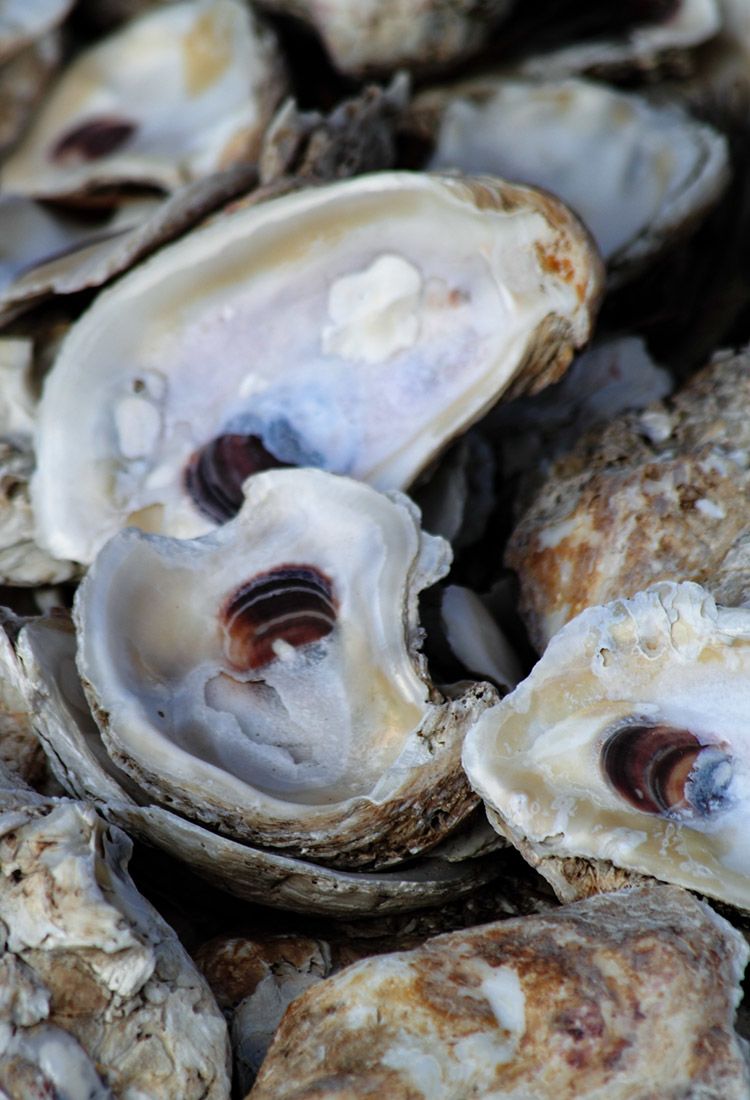

Oyster shells can be used as natural infrastructure to rebuild shoreline, protecting coast areas from storm damage and sea level rise. (Photo by UGA Marine Extension and Georgia Sea Grant)
Oyster shells can be used as natural infrastructure to rebuild shoreline, protecting coast areas from storm damage and sea level rise. (Photo by UGA Marine Extension and Georgia Sea Grant)

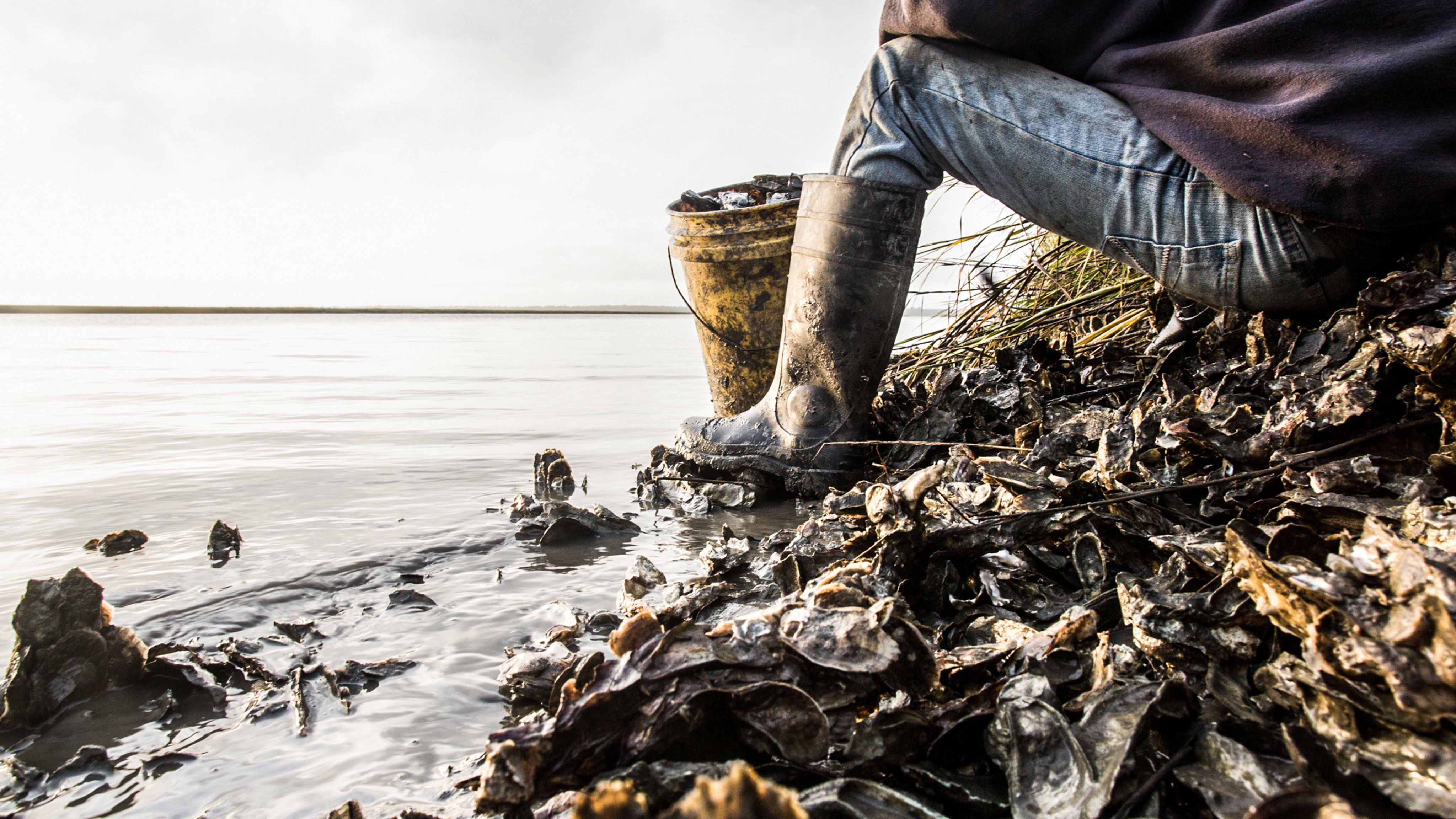

“Builders don’t realize that the materials they throw away can sometimes be even more valuable than the materials they want to use.”
—Zachary Brendel

Inland oysters
Before making the journey back to the coast, the oyster shells have to be stored somewhere to dry. Brendel and his wife offered the perfect place — their farm.
“Once or twice a year we drive down the coast with the shells but, until then, they stay at our place — we’re not short on shells!” Brendel laughed. “They eventually go to Darien, Georgia, to Sapelo Island. It’s rewarding to be a part of attracting a whole ecosystem that helps stabilize the shoreline better than rocks ever could.”
Shell to Shore team member Hunt Revell, a 2006 interdisciplinary studies graduate from UGA, said Brendel is always getting in on the act when it comes to reusing.
“There are people who talk about doing these kinds of things, but he just does them,” said Revell, now a legal fellow with UGA Marine Extension and Georgia Sea Grant, a unit of UGA Public Service and Outreach. “Following through is Zack 101. He can’t stand waste when something can be done about it. He’s like a human incubator for ideas. I remember him collecting old farmhouse doors and repurposing them for the fun of it. The guy just has know-how and he’s all about being involved.”
Revell, a minority partner in Seabear Oyster Bar, where Brendel’s brother, 2008 UGA graduate Noah Brendel, is also a partner, enjoys being one of the prime shell suppliers for Shell to Shore. “It’s a lot of work but it’s also a lot of fun,” he said.
Bulldog at heart
Brendel credits CAES with encouraging open-mindedness and strengthening his business sense.
“Dr. (Michael) Wetzstein had a microeconomic theory class that really impacted me,” he said. “Taking management classes helped me think about ways to help — but in a way that wouldn’t kill anyone’s wallet. I was looking for that personal touch from college and I found it here. Now I am building a business plan for a sustainable farm in Athens that I once couldn’t have imagined. What I learned allowed me to see solutions.”
Brendel also credits his passion for restoration to something else you can’t necessarily teach: stubbornness.
“I just have a stubbornness and an intuition that says something doesn’t have to be done one way,” he said. “You can think about the environment around you. You can be creative. That’s whether you’re talking about construction or agriculture or so many things. Let’s find a solution, and hopefully get people excited about it.”



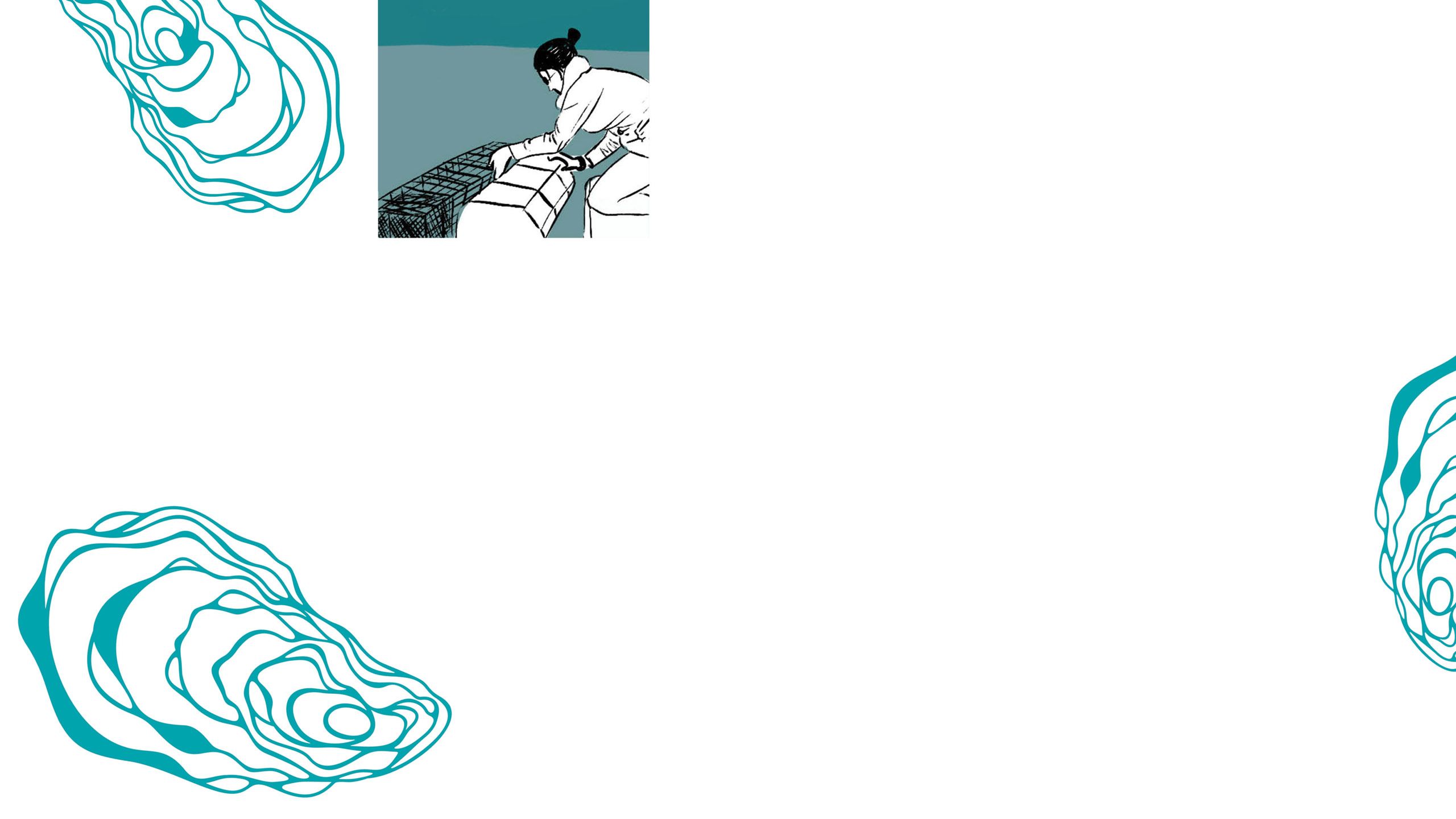
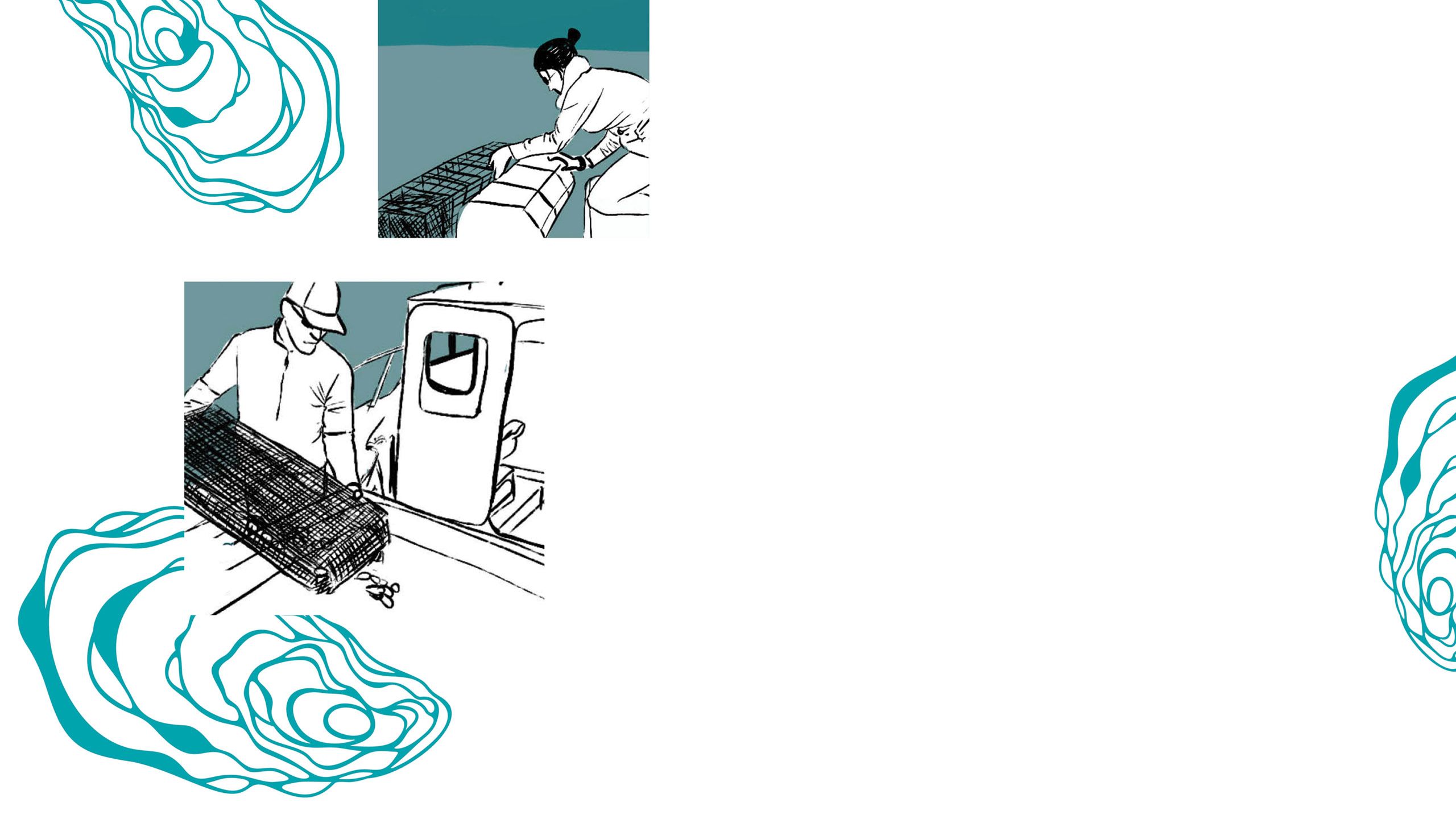
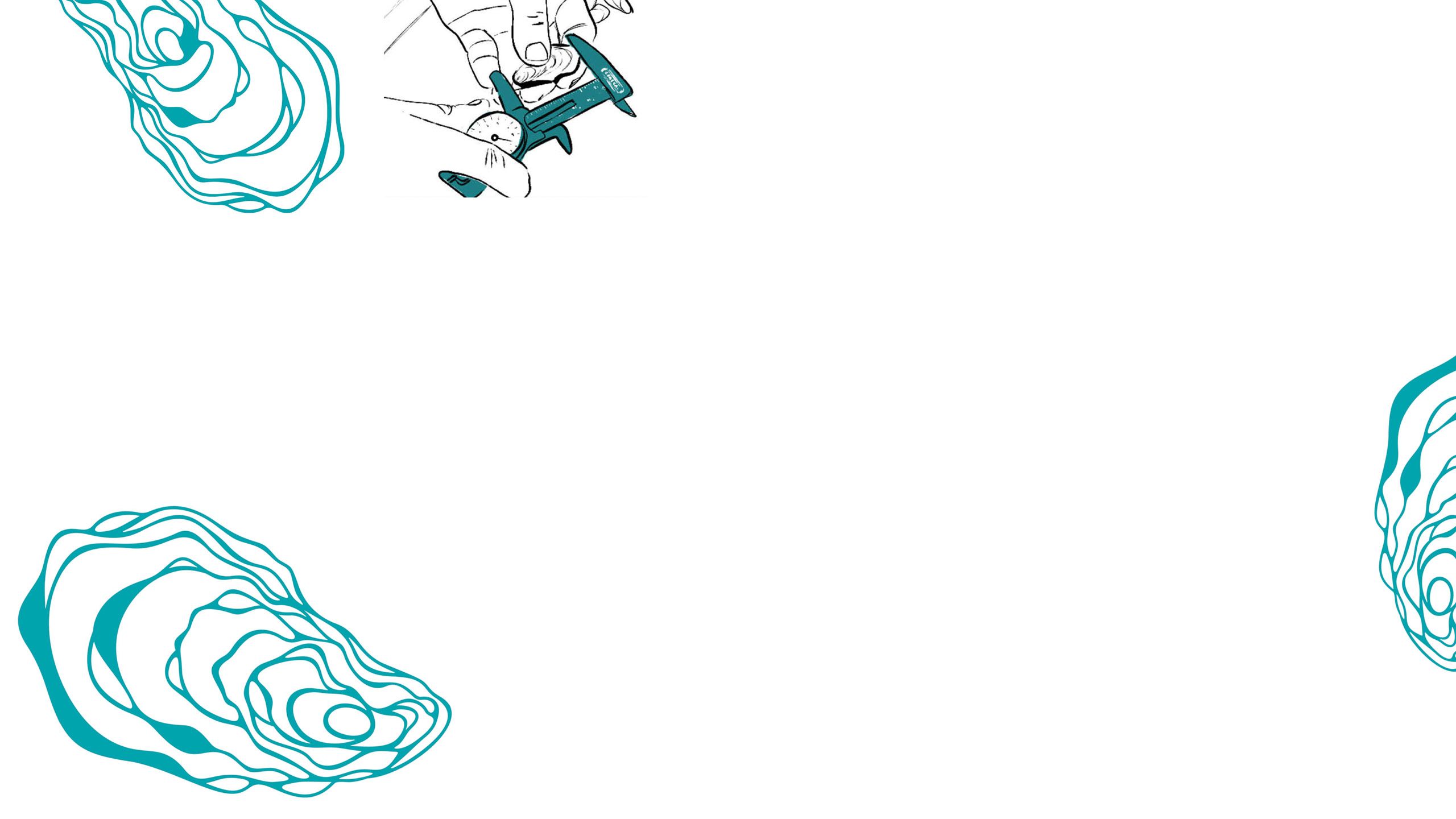

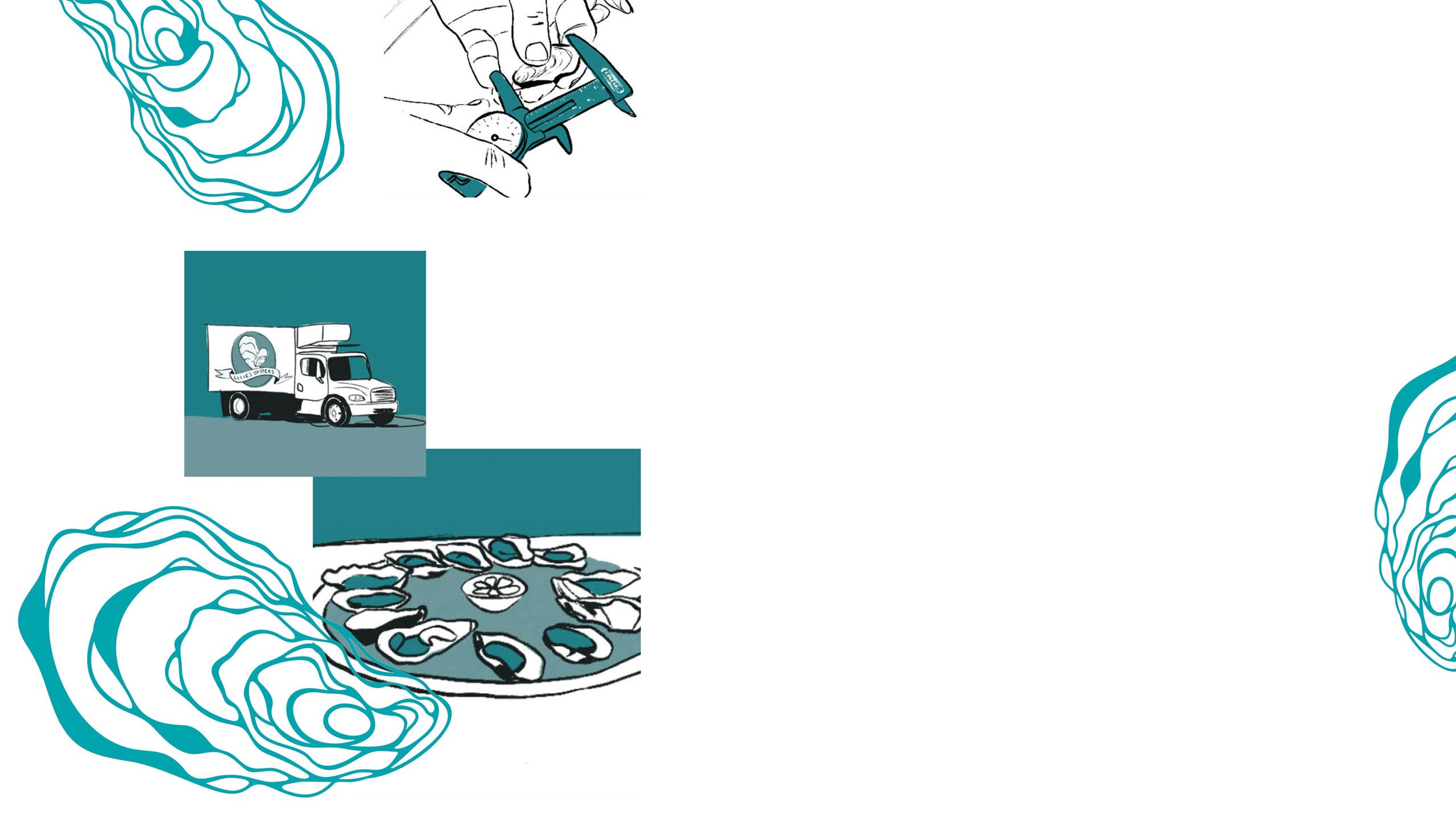
Oyster Farming 101
Growing spat, or baby oysters, in the hatchery
Fertilized eggs are stocked into larval-rearing tanks where they develop for 14 to 20 days.
When the larvae are ready to set, they are moved to setting tanks where they develop into small oysters, or spat. This is where recycled oyster shells are used as cultch, the surface material the baby oysters attach to in order to grow into adult oysters. Depending on the desired use of the spat, whole recycled shells can be used to generate cluster oysters, or shells can be finely ground to produce single oysters.
After one to two weeks, the spat are moved to the farm where they are placed in floating oyster cages, which gives them more protection and more space to grow.
Under normal conditions, cages are inspected at regular intervals during the warm season and at least once during cold weather. During inspection, the crop is sorted or separated by size and thinned to proper density, with additional cages added as necessary.
At this stage, there is more tending and monitoring to sort
and rotate oysters for proper growth.
After about 10 to 15 months, when the
oysters are fully grown, they are harvested and inspected.
Oysters are packed for shipping and distributed by certified shellfish shippers to retail outlets and restaurants.
Did you enjoy this story?
Check out recent issues of the Almanac for more great stories like this one.



